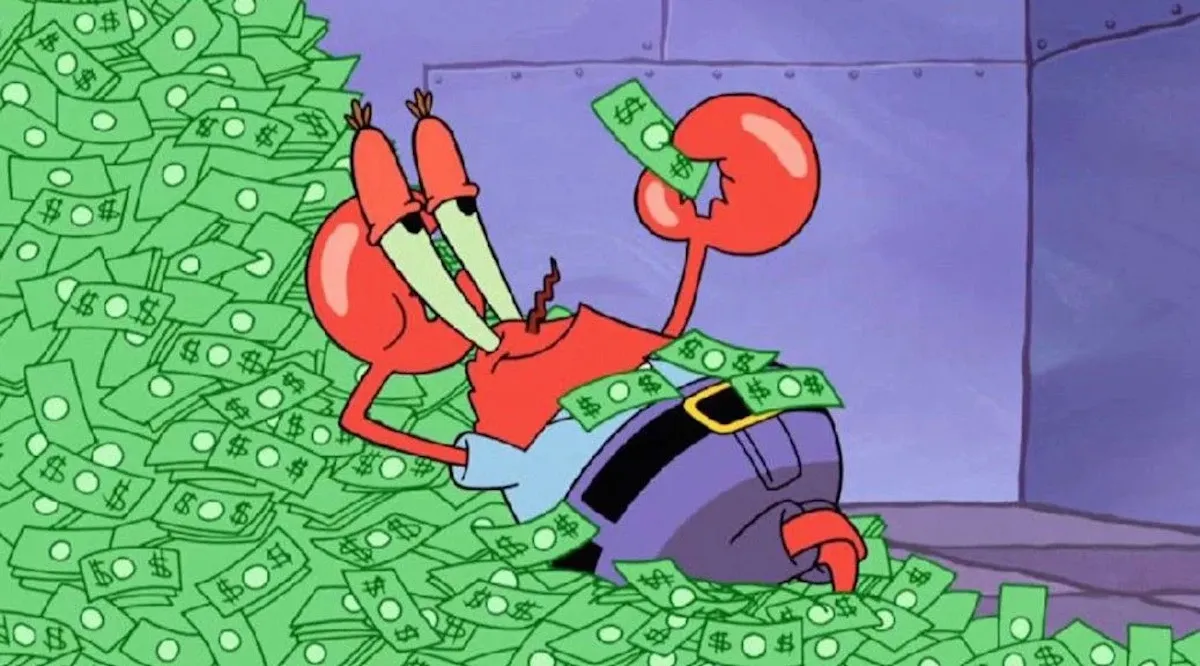Who is eligible for student loan forgiveness?

Student loans are the bane of a majority of Americans’ existences. Turns out, having a gigantic debt weighing you down while inflation and basic living expenses are going up—and while your pay check is not responding in kind—really sucks!
The bad news is that, for most of us, student loan forgiveness is still something we have to fight for by constantly reminding politicians that it’s still an issue we’re worried about. After all, in a characteristically aggravating move, the Supreme Court blocked Biden’s student loan relief plan in July 2023. Biden has yet to make another attempt at wide-sweeping relief.
Happily, there is some good news though. In April, Biden revealed the details for a new student loan forgiveness program—and the new program would relieve the full amount of the loan in question. Unfortunately, the whole thing is squeaking by our highly conservative court system because the groups of borrowers who are eligible for release are quite narrow. Unlike Biden’s first plan, everyone isn’t eligible.
Here’s who can get forgiveness
Under Biden’s new plan, student loan forgiveness is available for specific groups of people. Fortunately, you only have to be in one group to be eligible—this isn’t a “collect ’em all” situation. But they are very specific.
According to Forbes, the most easy-to-understand group is individuals who borrowed their loans “over 20 or 25 years ago.” Another group are individuals whose loan balance has grown significantly over time due to the horrendous interest rates we all hate very much. Perhaps the most necessary group is individuals who took out loans to attend predatory schools dishing out fake degrees—a reimbursement which should have happened long ago.
Finally, there’s forgiveness available to “people experiencing financial hardship,” which the government will assess on measurements like “minimal income or assets, receipt of certain public mean-tested benefits, high-cost burdens, other debt, and the borrower’s age and disability status.” This group is the only one who will need to submit an application.
If you’re experiencing financial hardship but don’t qualify for full forgiveness, you should also look into the SAVE plan, which puts you on a fast-track towards eventual forgiveness. If you have under $12,000 in loans, you’re immediately forgiven. For every additional $1,000 in loans you have, the government adds a year to your “forgive date.” For example, I have around $40,000 in loans (and that’s with a scholarship), so that means I’ll be forgiven in … *cries.*
I truly hope this article provided you with some good news, or at least some hope. For the rest of us … I give you a sympathetic pat on the back.
Have a tip we should know? tips@themarysue.com